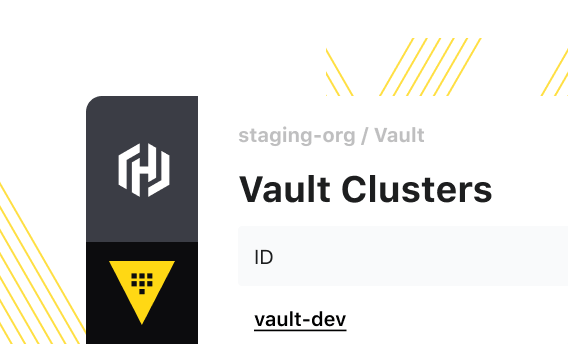Vault
Manage Secrets & Protect Sensitive Data

What is Vault?
Secure, store, and tightly control access to tokens, passwords, certificates, encryption keys for protecting secrets, and other sensitive data using a UI, CLI, or HTTP API.
Learn more about Vault features


Getting Started
Use Vault to securely store, access, and manage secrets and other sensitive data.
Use Cases
Get Certified
- 3 tutorialsPrepare for the Vault Associate (003) certification exam.Prepare for the Vault Associate certification exam. Choose to follow an in-depth guide or to review select exam topics depending on the kind of preparation support you need. Then review sample questions to learn what to expect on exam day.
- 3 tutorialsPrepare for the Vault Operations Professional certification examPrepare for your Vault Professional certification exam. Choose to follow an in-depth guide or to review select exam topics depending on the kind of preparation support you need. Then explore an exam orientation guide to learn what to expect on exam day.